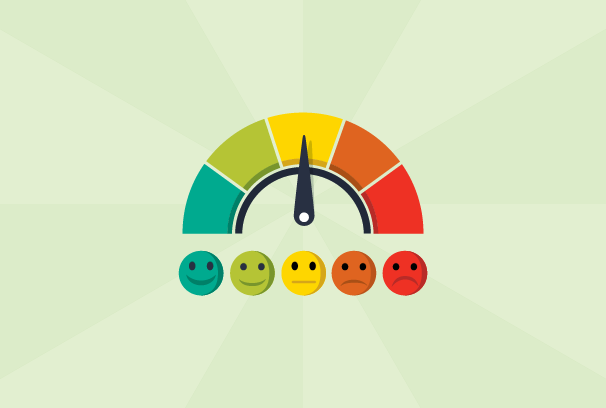The healthcare industry is striving to successfully leverage digital technologies to create more intelligent and responsive products and services, improve experiences, and increase the speed at which they operate. The pace of digital disruption in healthcare is not slowing down. To adapt as fast as the industry transforms, payers must embrace these 10 tactics or they risk falling behind.
- Modernization Strategy
The accelerated pace of digital disruption in healthcare is forcing payers to double down on their administrative modernization efforts. To remain competitive, payers must consider how they operate today and how they will meet tomorrow’s shifting market demands. Without a clear strategy, payers risk wasting time and money building or investing in solutions that provide a quick fix for immediate needs but are not designed to support the future of digital health.
- Next-Generation Solutions
Digital technology startups in the healthcare space are utilizing cloud-computing, shared data hubs, API capabilities, artificial intelligence, virtual and telehealth, remote monitoring, mobile apps, and more to improve care, lower costs, and advance medicine. They are distributing information across a broader swath of solutions and a wider set of players. Healthcare delivery has sped up from months to weeks, to days, hours, minutes, and even seconds, putting tremendous pressure on payers and providers to invest in next-generation technology or get left behind.
- Accelerate and Encourage Digital Adoption
Advancing to differing degrees and at different speeds, the digital adoption occurring across the health ecosystem has caused a cacophony of dissonant architectures jamming up the flow of information and introducing discord amongst stakeholders. While one end of the business is making decisions in real-time, the other end is stuck, dealing with the gaps and misfires resulting from latent data and delayed processes and payments. With legacy systems and outdated technology, the quality of care suffers, backlogs pile up, and opportunities to support new innovations evaporate.
- Flexibility
Flipping from legacy to next-gen is a daunting effort. Where to begin, when to proceed, and how to shift to digital while managing daily operations are questions in need of clear answers. The industry will continue evolving at even faster speeds. Payers need digital solutions with the flexibility and agility necessary to respond to a health ecosystem that will continually demand adaptation.
- Personalization and Ease-Of-Doing Business Tools
Demand for personalization is coming from all stakeholders. It’s not just consumers who want more control of health-related, data-driven decisions – payers, providers, employers and third-party health vendors are also looking for a hand on the steering wheel of quality, cost, and experience. Providing personalization and ease-of-doing-business tools to all stakeholders of health is a must-have in today’s market.
- Interoperability
Today, with mobile devices, social media, and more, individuals have access to a variety of real-time data right at their fingertips. On January 01, 2022, as a result of the Interoperability and Patient Access rule, this can include their health information. These rulings place tremendous pressure on payers whose legacy administrative solutions lack up-to-date security, data standardization and normalization capabilities, real-time data processing, and data interoperability with other payers, providers, and third-party vendors.
- Access to Accurate, Real-Time Data
Whether directly or indirectly impacted by the Interoperability and Patient Access Rule, new market demands to equip stakeholders with information that enables them to understand and orchestrate their health care needs and opportunities will challenge the entire health ecosystem. Payers will require administrative capabilities that can deliver exceptional data integrity, data insights, and data access – to their members and the stakeholders who contribute to their care.
- AI-Infused Data Sharing
Data-infused member engagement and proactive outreach have the greatest potential to improve care, lower care costs, and increase member satisfaction. With artificial intelligence (AI)-infused administrative solutions, payers can move beyond “push” technology (requiring a user’s response) and “pull” technology (where users make requests) to engage with members. By architecting AI-driven data management and sharing capabilities, payers can leverage the information to alert and guide users through recommended health actions. Overall benefits will depend on the corresponding tools and technologies that AI can interact with and inform.
- Digitally-Responsive Administrative Operations
The silos of the healthcare industry are coming down and being replaced by a combination of individual and digital contributors who are free to orchestrate data-informed care in real-time. When enabled to function with greater independence, at faster speeds, and with more accuracy, the entire health ecosystem is experiencing a new state of boundless results. To stay in tune with this increasing tempo of ongoing digital disruption in healthcare, payers need to shift away from latent-legacy systems and towards digitally responsive, intelligent administrative operations.
- A Trusted Technology Partner
Achieving administrative success will require a trusted technology partner who can help scope and build a future state and identify and remove the administrative tools and processes holding the business hostage. The partner should competently guide the transition to incorporating next-generation solutions that actualize data, improve care quality, increase user satisfaction, and lower operational costs. With self-serve capabilities, the health plan can readily adapt to new and changing regulations, care models, and any other unexpected changes.





